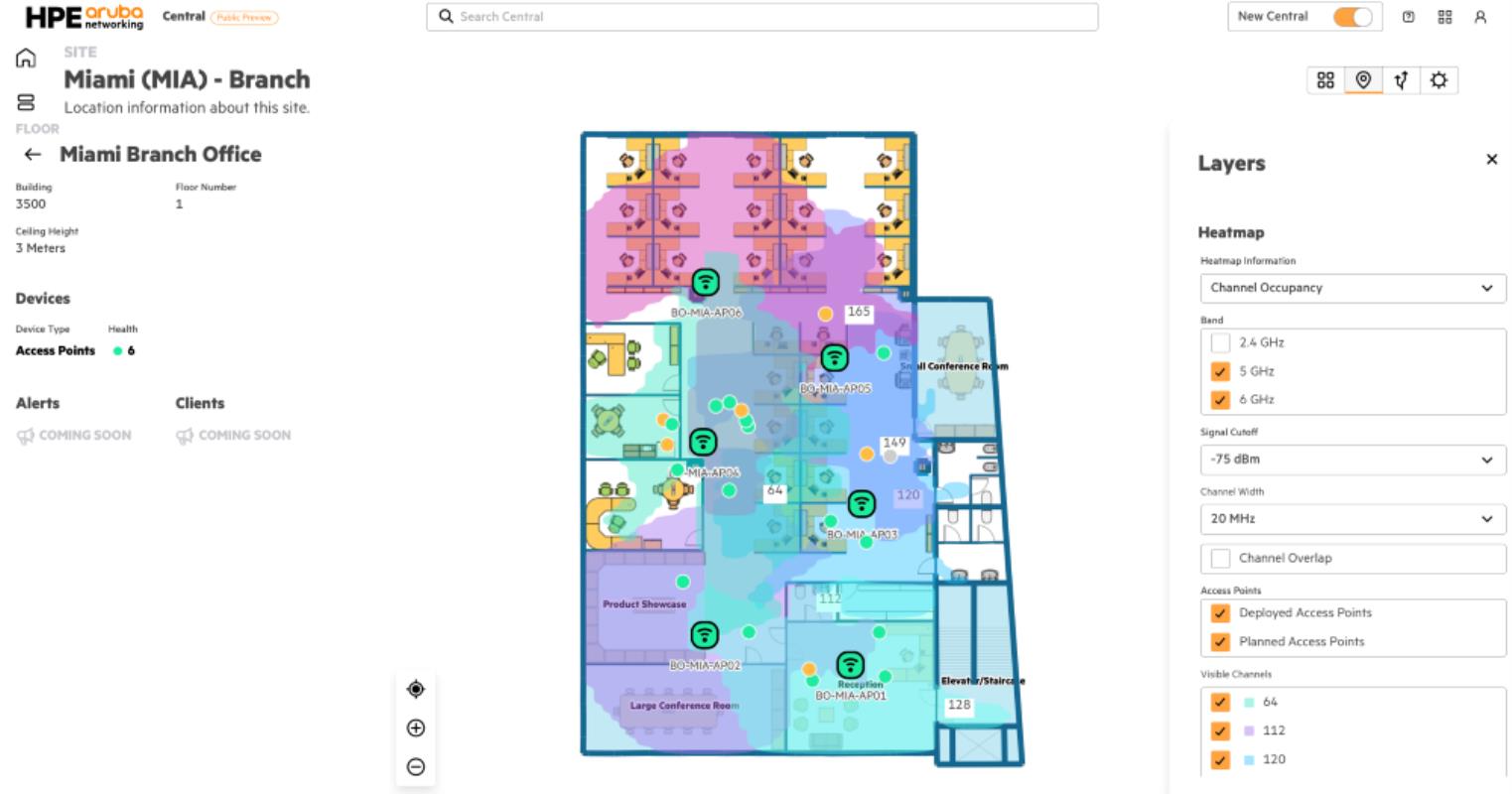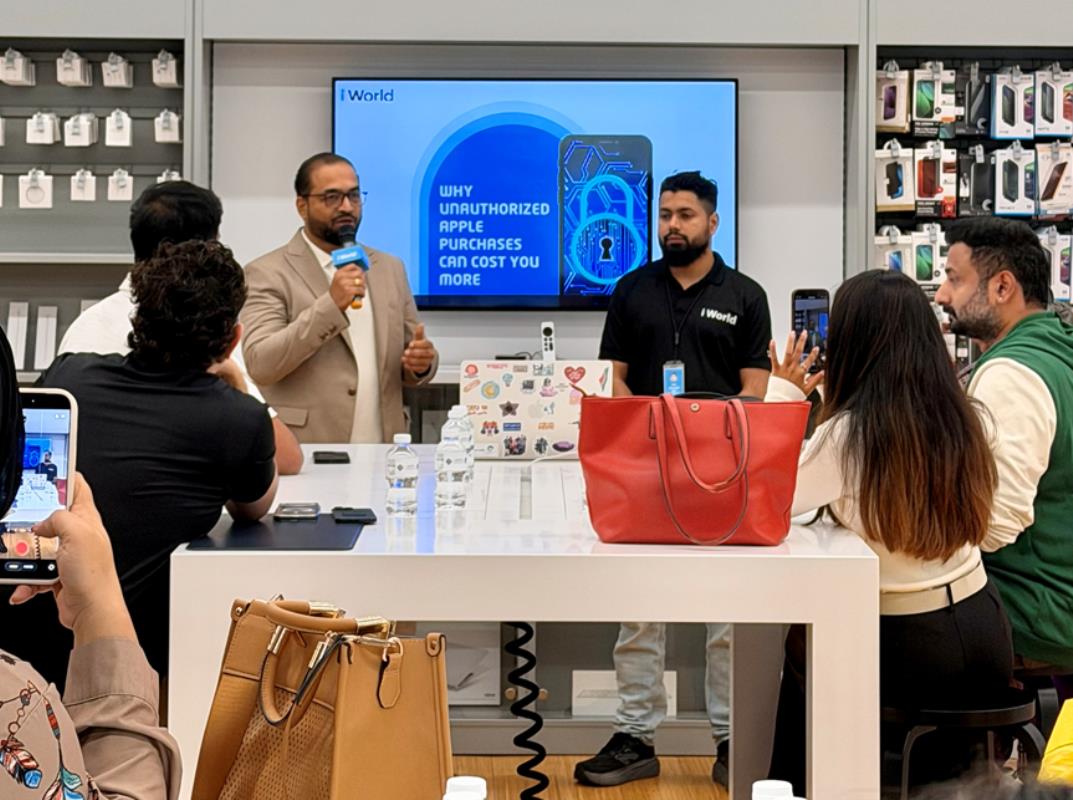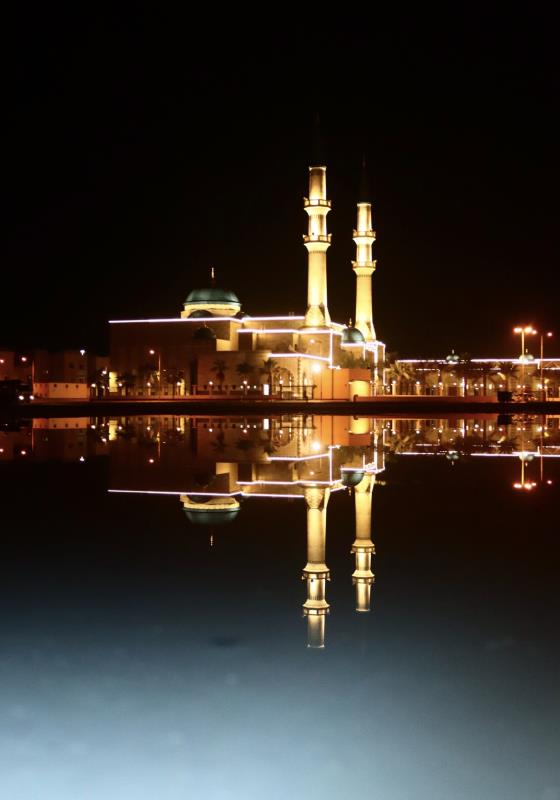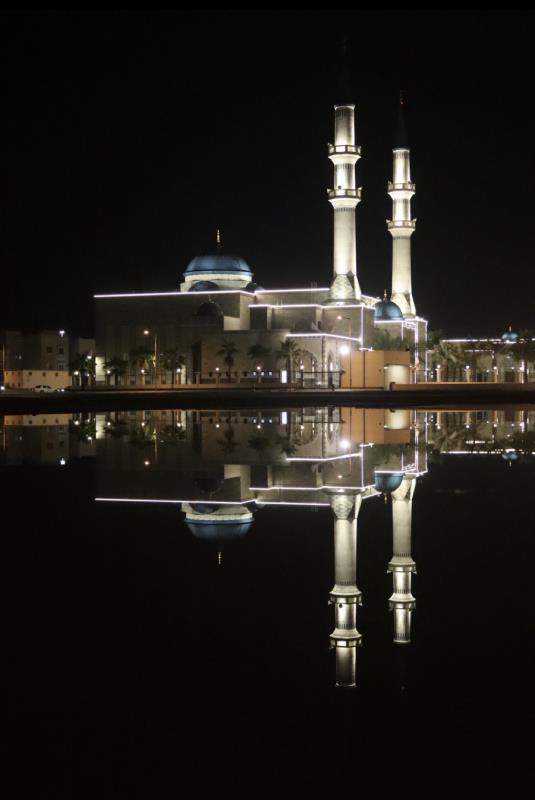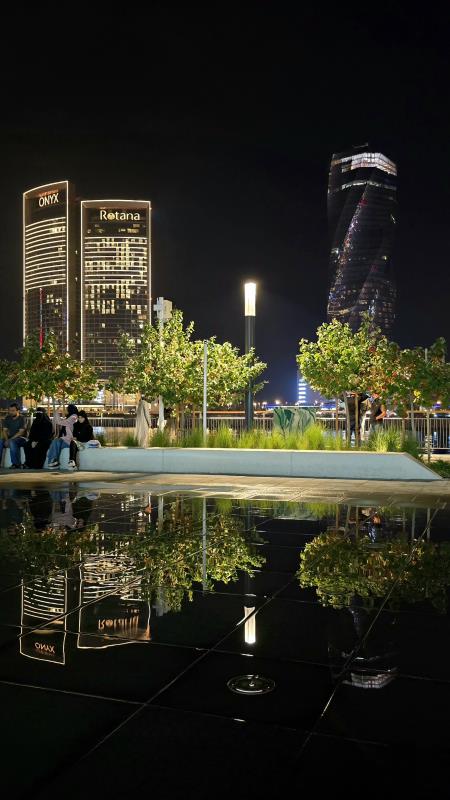
Japan suffered the worst nuclear disaster in history in 2011. Robots and drones play a key role in the cleanup.
I'm inside one of the reactors at Fukushima Daiichi Nuclear Power Plant, site of the worst nuclear disaster in history. It's pitch black, with only a flashlight to light my way. I glide over a metal catwalk, heading deeper into the reactor. But then, when I turn to walk down the stairs, I hit an obstruction.
At that moment, a loud buzzer, like something out of an old game show, blasts into my ears, breaking the whole illusion.
OK, so I'm not actually in the Unit 1 reactor at Fukushima –- the radiation level at its core is high enough that even minutes inside would be a death sentence. I'm in a virtual reality setup at the Naraha Center for Remote Control Technology, about a half-hour drive south of the Daiichi facility.
Next to me are my photographer, an interpreter, a representative from Tokyo Electric Power Co. and an employee of the Naraha facility who's serving as our guide through this virtual re-creation. We're all staring at a giant screen projected on the wall just a few feet in front of us and to our sides.
Thanks to robot surveys and loads of data, this facility has been able to piece together a fairly accurate simulation of the Fukushima reactors. Tepco and the Japan Atomic Energy Agency have worked together to build this setup. But unlike other VR experiences, the virtual trip into the facility isn't for fun. Academics, engineers and Tepco employees use these simulations to get a sense of what kinds of robots can make it through the reactors, and which can't.
Eight years after an earthquake and tsunami combined to overwhelm Fukushima Daiichi, the plant remains shut down, with Tepco and the Japanese government struggling to find ways to remove the radioactive material.
















































